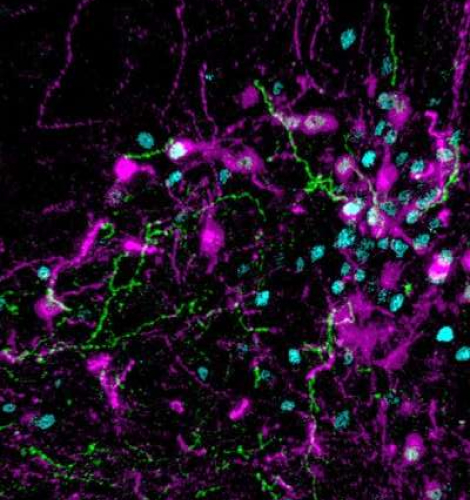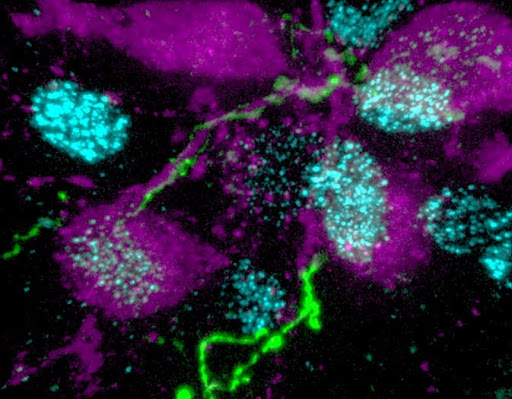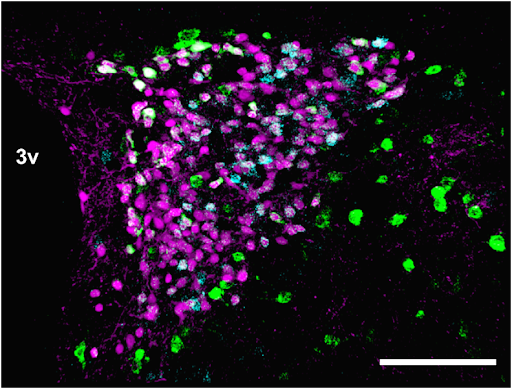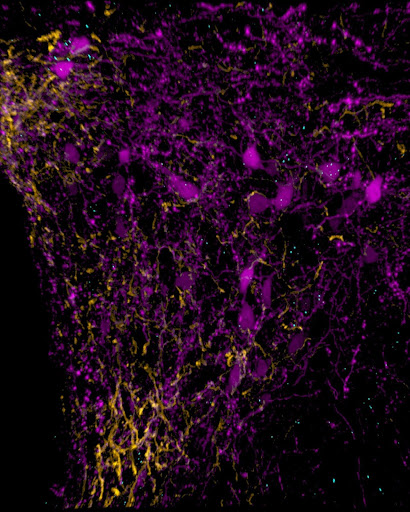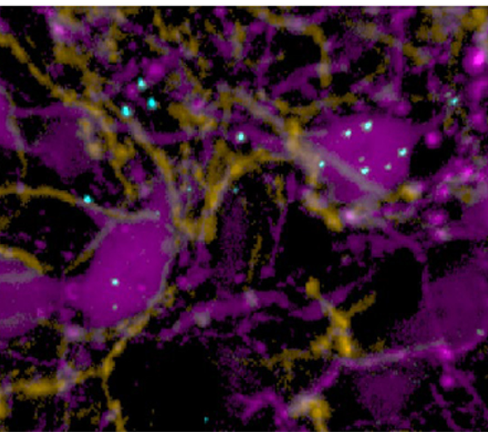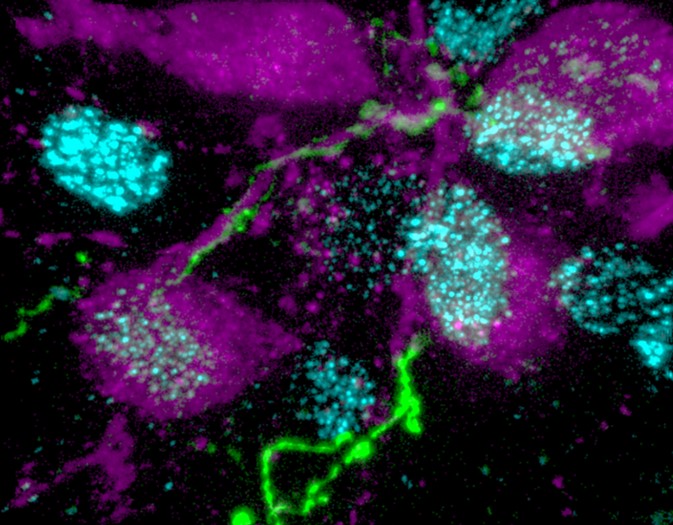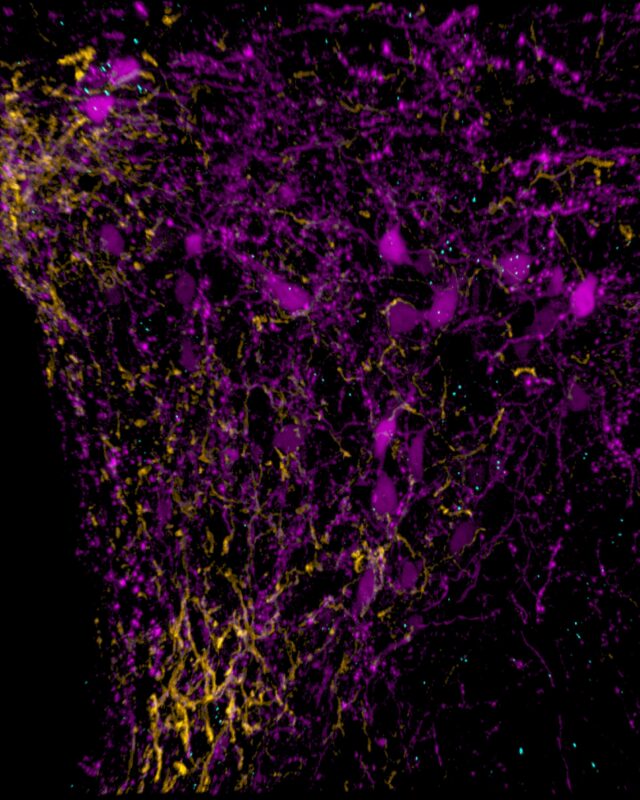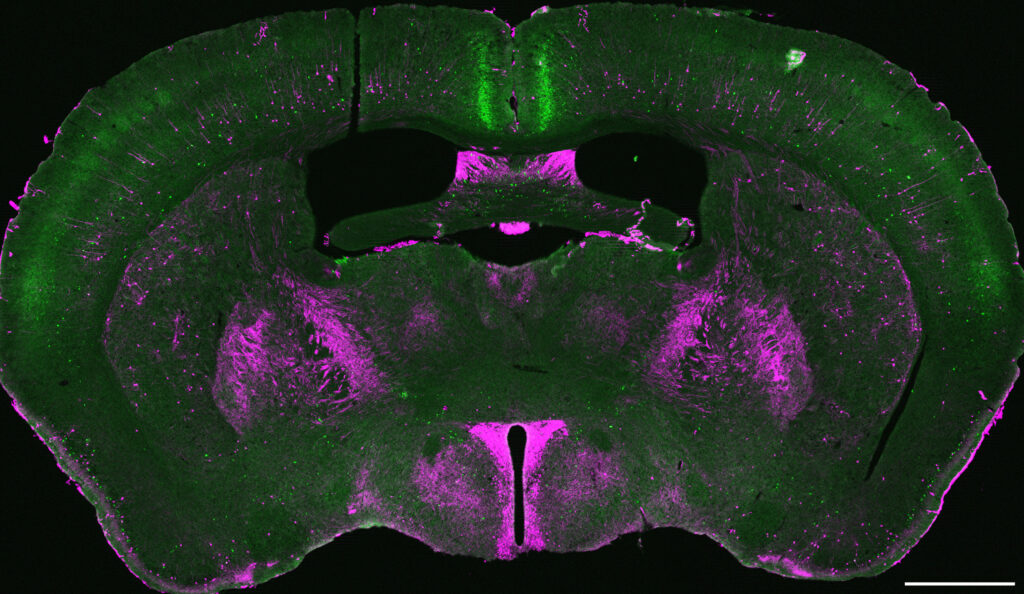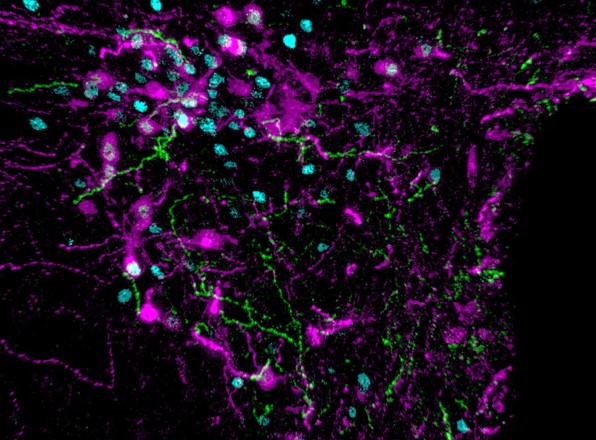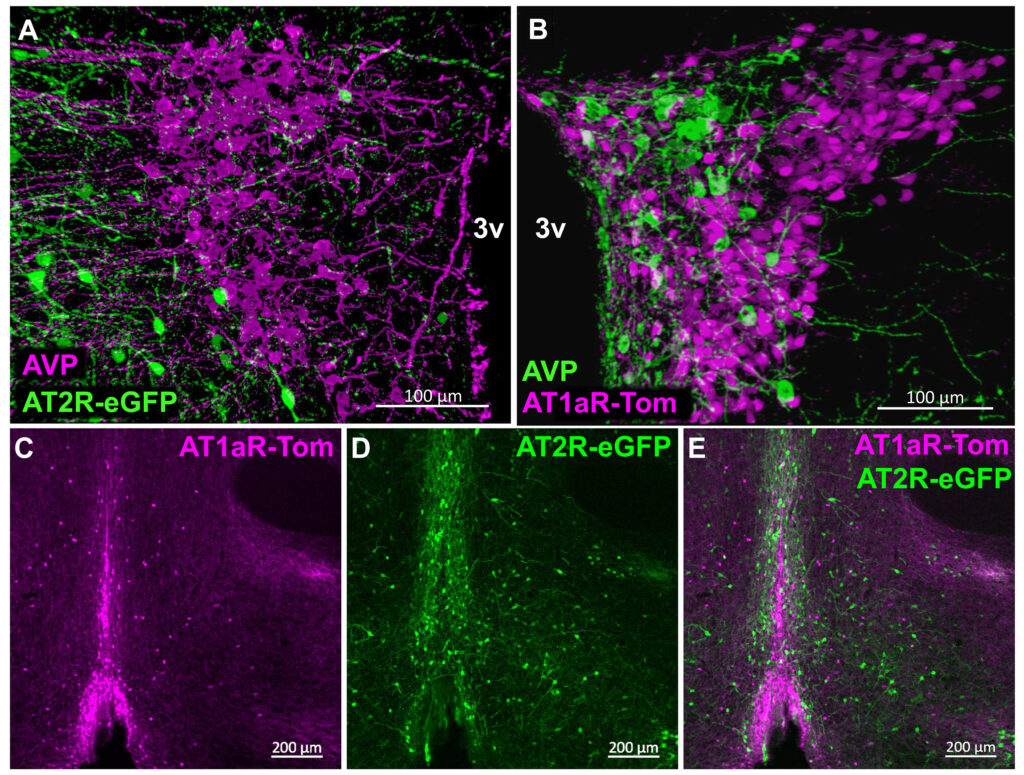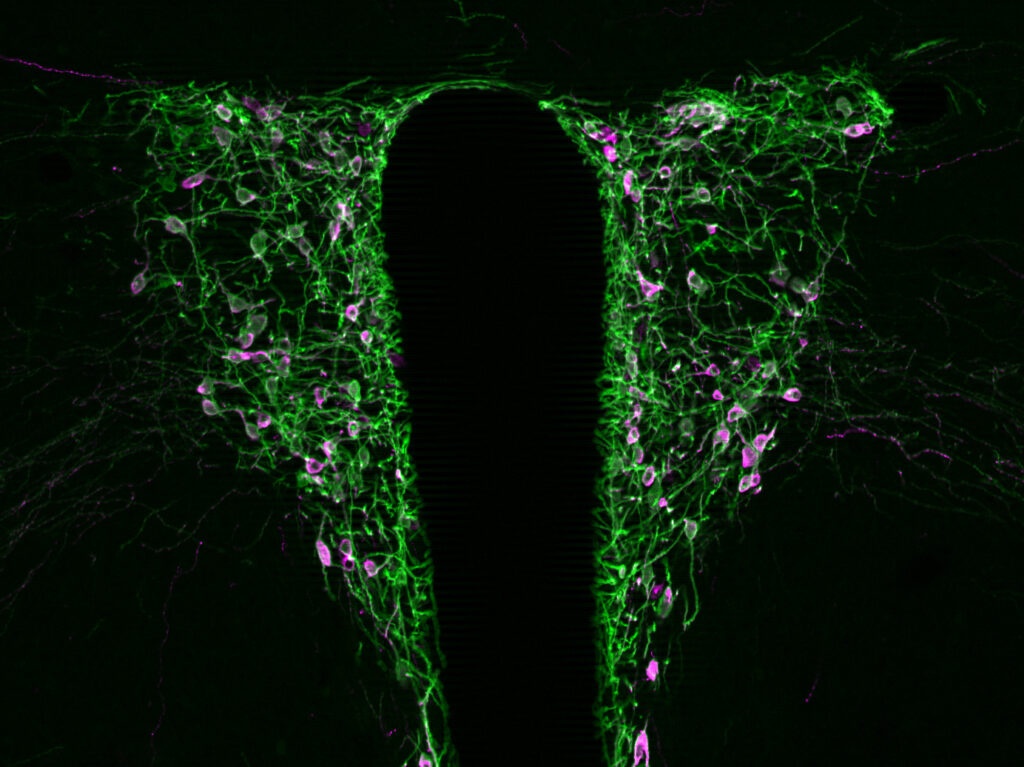Summary:
The hypothalamus contains several specific nuclei that are involved in the regulation of homeostatic functions. A goal of our research is to develop a greater understanding of the mechanisms by which neurons of the hypothalamus interact with each other and with neurons in other brain areas to control these functions. We also strive to understand how various types of stressors impact these circuits to precipitate cardiometabolic diseases and whether certain hypothalamic neurons may be targeted to alleviate cardiometabolic disease and affective disorders.
Details:
There are several specific projects that fall under this umbrella. For example, we have recently identified cross-talk between neuroendocrine (hypothalamic-pituitary-adrenal) and autonomic stress axes at the level of the paraventricular nucleus of the hypothalamus (PMID: 33858944). We have also uncovered an angiotensin-responsive connection from the lamina terminalis to the paraventricular nucleus of the hypothalamus that evokes vasopressin secretion to increase blood pressure in mice (PMID: 33328294). Ongoing studies are evaluating cross-talk amongst other neuronal phenotypes within the hypothalamus, as well as the involvement of other angiotensin-sensitive pathways in the regulation of cardiometabolic function.
This project is currently supported by the National Heart Lung and Blood Institute (see: https://reporter.nih.gov/search/zoVpmul9HkmFV7OUVNQGaQ/project-details/10978086).

